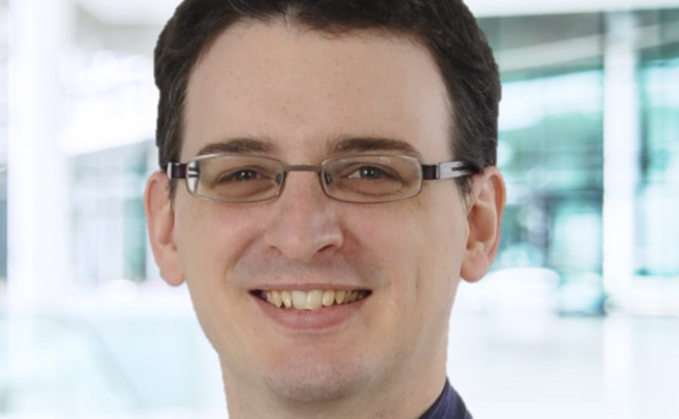
Nick Coates, Associate Partner, Aon
With the renaissance of Britpop and baggy jeans it is perhaps fitting that another 90s trend has made its long-awaited revival - the defined benefit (DB) pension surplus. The Pensions Regulator's (TPR) analysis of 27 January 2025 suggested 49 percent of schemes were in surplus on an insurance company buyout basis.
In late May, the Government announced its long-awaited response to the ‘'Options for Defined Benefit Schemes' consultation. This confirmed the intention to introduce new flexibilities that make it easier for surpluses to be returned to scheme sponsors at the discretion of trustees, with the expectation that it may be in force from 2027.
While welcome news for some schemes, having a surplus can give rise to many conundrums, including when it is safe to distribute surplus and what proportion of surplus should be shared between sponsors and members. In this article, we focus on how trustees could approach surplus distributions to members.
Surely, we can just focus on guaranteed member benefits for now?
In recent times, the focus for many DB schemes has been to insure benefits as soon they could afford to do so - generally avoiding a material surplus arising. So, for many trustees, the instinct has been to wait until current benefits could be insured, and deal with any residual surplus should that situation arise.
But does that logic still hold if your scheme now sits on a big surplus (maybe because of rising yields)? TPR spelled out some thoughts in its June 2025 endgame guidance: "A scheme being materially overfunded, for a long period of time, with no plan to distribute excess funding to members or the sponsor, may not be in the best interests of members or the sponsor and may indicate poor governance controls."
When should surplus be released?
If surplus is destined for members, then simply retaining it and building up more, could lead to significant intergenerational unfairness among members - which might not be recognised by trustees. For example, if surplus is only released to members, say, five years down the line, only those still alive can benefit. This highlights that when the surplus is released, is a really important decision from an intergenerational fairness point. Yet while 49 percent of schemes are over-funded on a solvency basis according to TPR, Aon's 2025 discretionary pension increase survey showed that only 12 percent are expecting to grant a discretionary increase this year, with a further 9 percent planning some other form of discretionary benefit.
Considerations for sharing surplus
How you distribute the members' share of surplus is also important. In some cases, scheme rules will provide a helpful steer, for example, with a view towards prioritising discretionary pension increases on certain types of benefit.
It will, of course, be difficult for trustees to please all members, all of the time. Trustees will need to think actively about different categories of members and how surplus will be utilised now and in the future.
Beyond any requirements of individual scheme rules, it will be important to consider whether the surplus should be distributed evenly or targeted. While distributing evenly offers the most parity, it is actually quite hard in practice as there can be significant tax consequences if trustees were to simply pay a cash sum to all members. If you grant additional pension, the value ultimately depends on how long a member lives: is giving a 3 percent pension increase to both a 90-year-old and a 65-year-old being fair? The 65-year-old may have many more years to benefit from it. The headline is the same, but the value granted to both pensioners is actually very different and, in this example, non-pensioners get nothing!
Considering historic inequities
Targeting certain groups is not that uncommon. For example, during the relatively recent double digit inflationary period, there has been much media coverage of granting a discretionary pension increase on non-increasing pensions earned before April 1997. Trustees often think about this group first as their benefits may appear penal relative to others where most of their pension has guaranteed increases.
This being said, there is the point that trustees should first consider the generosity of benefits for all groups of members. For example, which benefit is worth more, a non-increasing pension based on 1/60th of salary that members did not have to contribute towards, or a pension increasing at inflation up to 2.5 percent each year based on 1/80th of salary, that the member paid a 10 percent contribution towards? What about the members who were moved over to much less generous defined contribution (DC) benefits because 'the scheme was too expensive to keep open'? These are challenging questions that get to the heart of what is meant by 'fairness'.
There are ways to tailor how surplus is shared among members; extra pension increase, uplift for deferred members, augmenting benefits (e.g death benefits), improving member experience (e.g IFA advice), granting a DC amount or a combination. But you have to be careful of tax issues - in particular Annual Allowance issues for active and deferred members. I very much hope that the government considers the tax consequences, especially in relation to paying a cash sum, alongside the new flexibilities being introduced. Tax consequences, especially in relation to paying a cash sum, should be considered by the Government alongside the new flexibilities being introduced.
What should trustees be doing now?
For the last 25 years, DB scheme deficits have commonly dominated trustee focus. With improved funding levels providing a welcome relief for many trustees, the subsequent shift to growing surplus cannot be ignored. Trustees in this position need to be mindful of the impact on their members (particularly the older generation). In many cases, a proactive discussion with the sponsor around the use of surplus may now be called for – and, importantly, is what TPR is calling for.
For further information more generally on surplus release, options for sponsors and insights to benefits that these strategies have brought to clients, please watch this free webinar recording.





